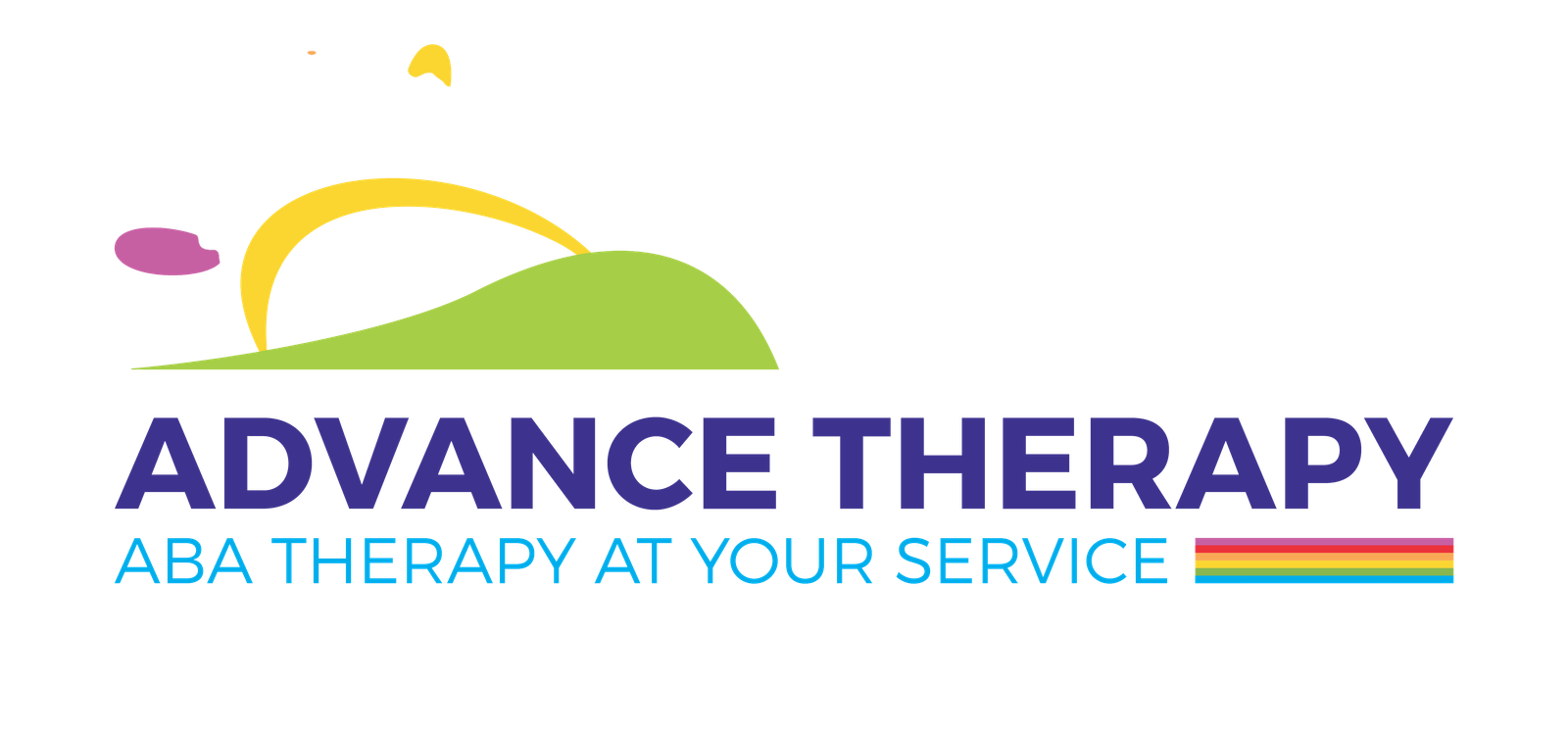Understanding Early Intervention Therapy
What Is Early Intervention Therapy?
Early intervention therapy encompasses a variety of evidence-based practices designed to address developmental delays in young children, particularly in the realm of speech and language. Typically initiated between birth and five years of age, these interventions are crucial because the brain exhibits peak plasticity during this period. In other words, the neural pathways responsible for language formation are highly receptive to stimulation and guidance.
Early intervention is not a one-size-fits-all approach. It involves customized programs that consider a child’s unique strengths, challenges, and environment. Speech-language pathologists (SLPs), occupational therapists, and developmental specialists collaborate to create structured interventions targeting articulation, vocabulary growth, social communication, and auditory processing.
The Science Behind Speech Development
Human speech is a complex interplay between cognitive understanding, motor function, and auditory perception. Neural circuits in the brain develop rapidly during early childhood, allowing children to learn sounds, words, and sentence structures with extraordinary speed. Early intervention therapy leverages this critical period, offering consistent exposure and guided practice that strengthen these neural connections.
Without intervention, children with speech delays may face compounding challenges. They may struggle with reading, writing, and social interaction, which can affect academic performance and emotional well-being. Early intervention addresses these gaps before they become entrenched, ensuring that language development progresses on a healthy trajectory.
Benefits of Early Intervention Therapy
Enhanced Speech and Language Skills
The most immediate and observable benefit of early intervention therapy is improvement in speech clarity and language comprehension. Through targeted exercises, children learn to produce sounds accurately, expand their vocabulary, and construct grammatically correct sentences.
For example, a child struggling with the /r/ sound may receive repetitive practice using playful, engaging methods, gradually mastering pronunciation. Similarly, therapy may include story-telling exercises, which enhance both expressive and receptive language abilities. Over time, these incremental improvements build a foundation for confident communication in academic and social settings.
Cognitive and Social Development
Speech is more than verbal expression—it is a tool for thinking and understanding the world. Children who participate in early intervention therapy often exhibit improved cognitive flexibility, problem-solving skills, and memory. Language is intertwined with thought; as speech develops, so does the ability to conceptualize complex ideas.
Socially, children gain confidence as they participate in conversations, ask questions, and interact with peers. This reduces frustration, behavioral issues, and social withdrawal, promoting a sense of belonging and emotional resilience.
Long-term Academic Advantages
Research consistently shows that children who receive early intervention therapy are more likely to excel academically. Early speech improvement correlates with better reading comprehension, written expression, and participation in classroom discussions. These advantages often persist into adolescence and adulthood, creating a lasting impact on educational and career opportunities.



